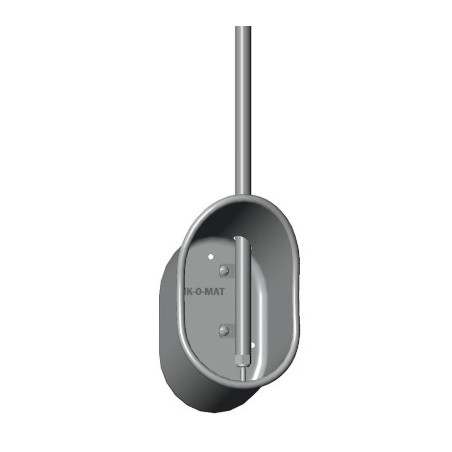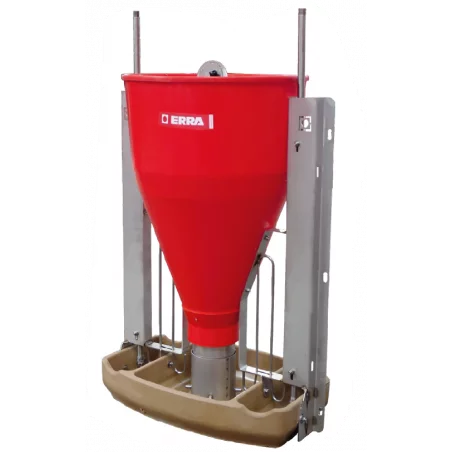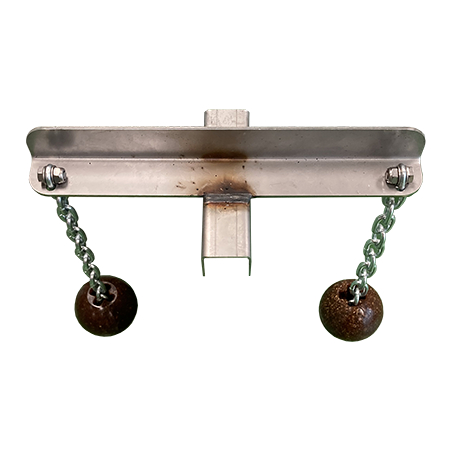The major sources of nutrients in swine diets are plant origin feedstuffs, which contain antinutritional factors that limit nutrient utilization, such as phytic acid and non-starch polysaccharides (NSP), as for example, the arabinoxylans and the β-glucans. In order to alleviate the undesirable effects of phytic acid and NSP, the dietary supplementation of phytase and NSP-degrading enzymes is performed. The aim of the present study was, therefore, to determine the effects of supplementing corn–soybean meal-based diets with a multienzyme product that contains xylanase, arabinofuranosidase, β-glucanase, and phytase activities on nutrient digestibility, bone mineralization, and growth performance of growing–finishing pigs fed with diets that are low in net energy (NE), standardized ileal digestible AA, Ca, and standardized total tract digestible P. For that purpose, a total of 276 pigs (33.99 ± 4.3 kg of BW) were housed by sex in 45 pens and fed 5 diets (9 pens/diet) in a randomized complete block design. Diets were positive control (PC); and negative control 1 (NC1) or negative control 2 (NC2) without or with multienzyme. The multienzyme used supplied at least 1,800, 1,244, 6,600, and 1,000 units of xylanase, β-glucanase, arabinofuranosidase, and phytase per kilogram of diet, respectively.
As a result, and for the whole study-period (34–120 kg BW), pigs fed the PC and NC1 diets did not differ in ADG or ADFI. Pigs fed NC2 diet had lower ADG and G:F ratio than those fed PC diet. Pigs fed PC diet had greater bone ash content and ATTD of P than those fed NC1 diet. The multienzyme increased overall ADG and apparent ileal digestibility (AID) of gross energy (GE) for the NC2 diet by 5.09 and 8.74%, respectively. However, the multienzyme did not interact with negative control diet type on overall G:F, bone ash content, AID of AA, and ATTD of nutrients. Finally, the multienzyme increased overall G:F, AID of methionine, ATTD of GE and P, and tended to increase bone ash content. The ADG, bone ash content, and ATTD of GE and P for the multienzyme-supplemented diets were similar to PC diet.

Thus, these results suggest that NE and digestible AA and P can be lowered in multienzyme-supplemented diets without effects on growth performance and bone ash of pigs.
Jerez-Bogota K, Sánchez C, Ibagon J, Jlali M, Cozannet P, Preynat A, Woyengo TA. Growth performance and nutrient digestibility of growing and finishing pigs fed multienzyme-supplemented low-energy and amino acid diets. Translational Animal Science. 2020; 4(2): txaa040. https://doi.org/10.1093/tas/txaa040






